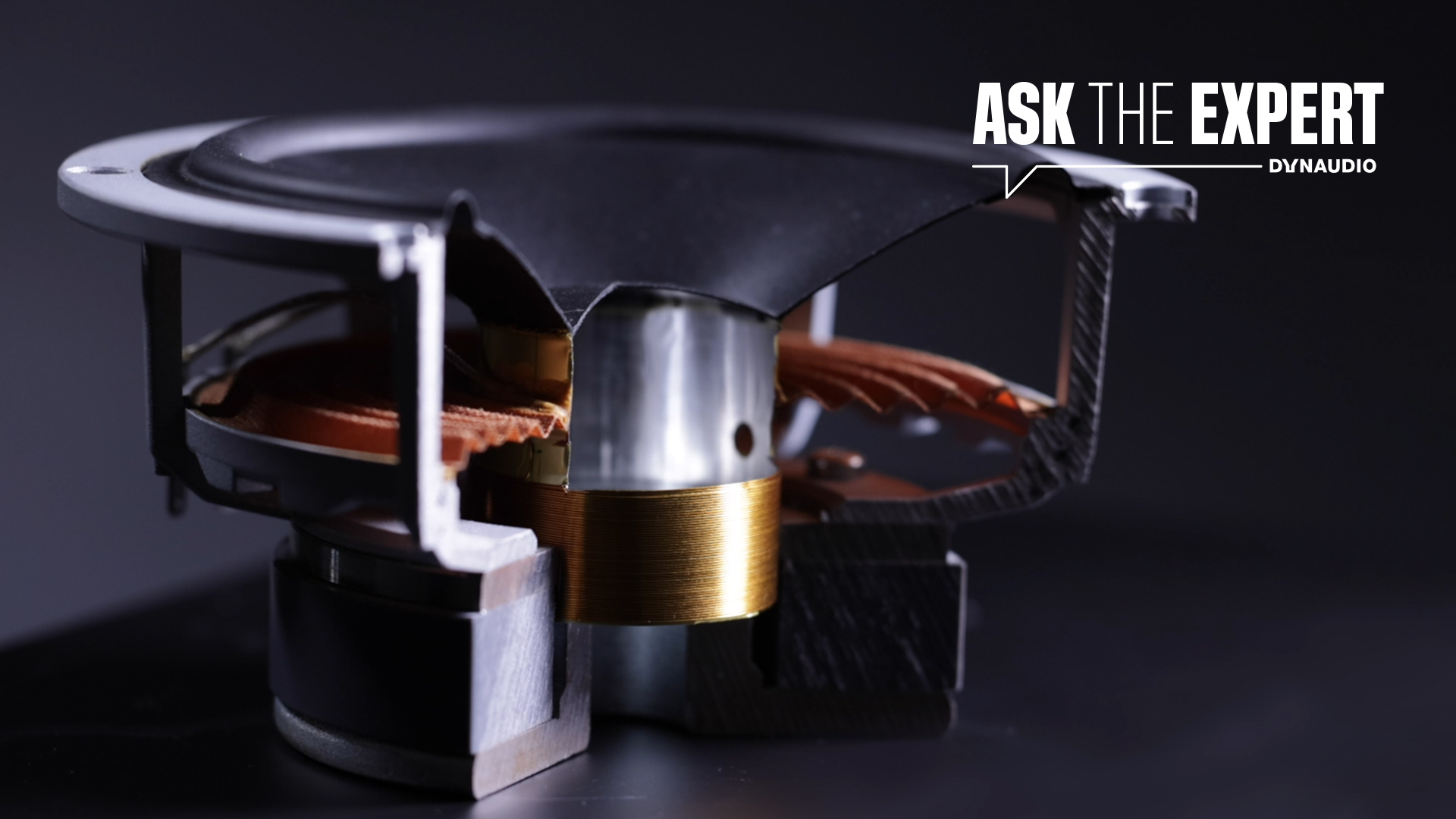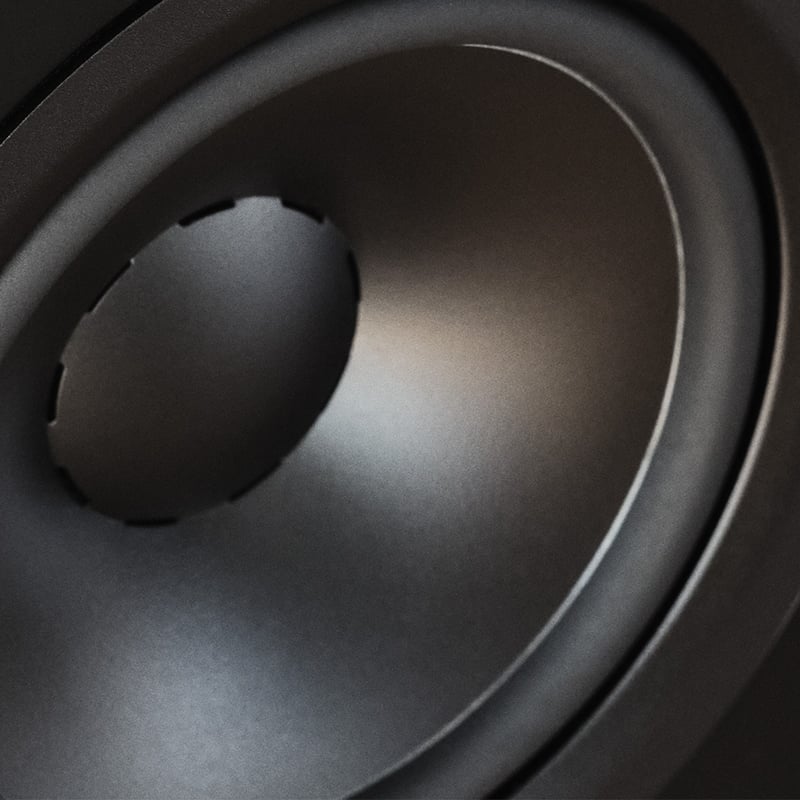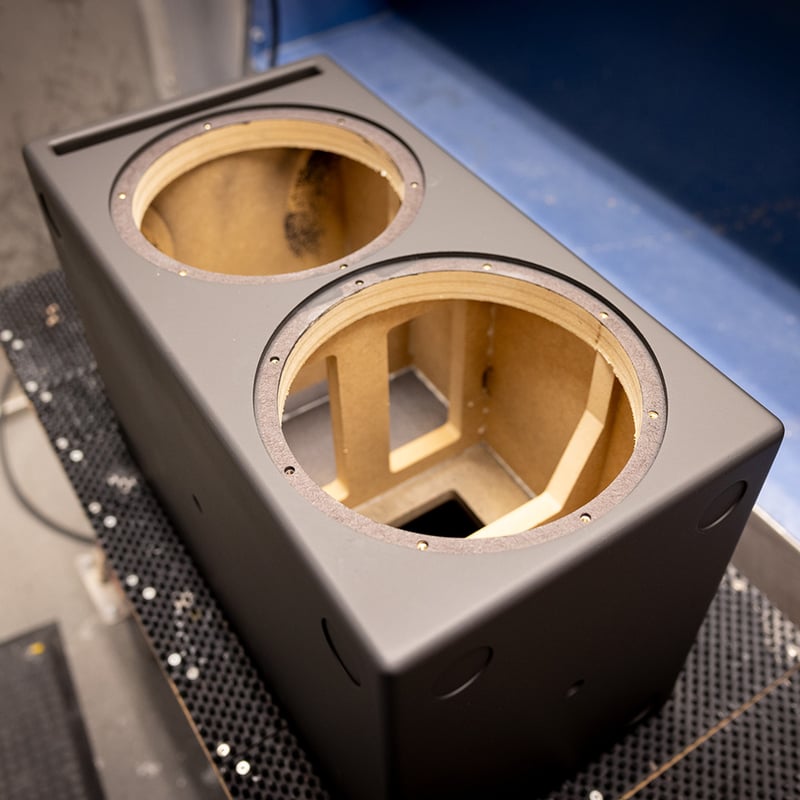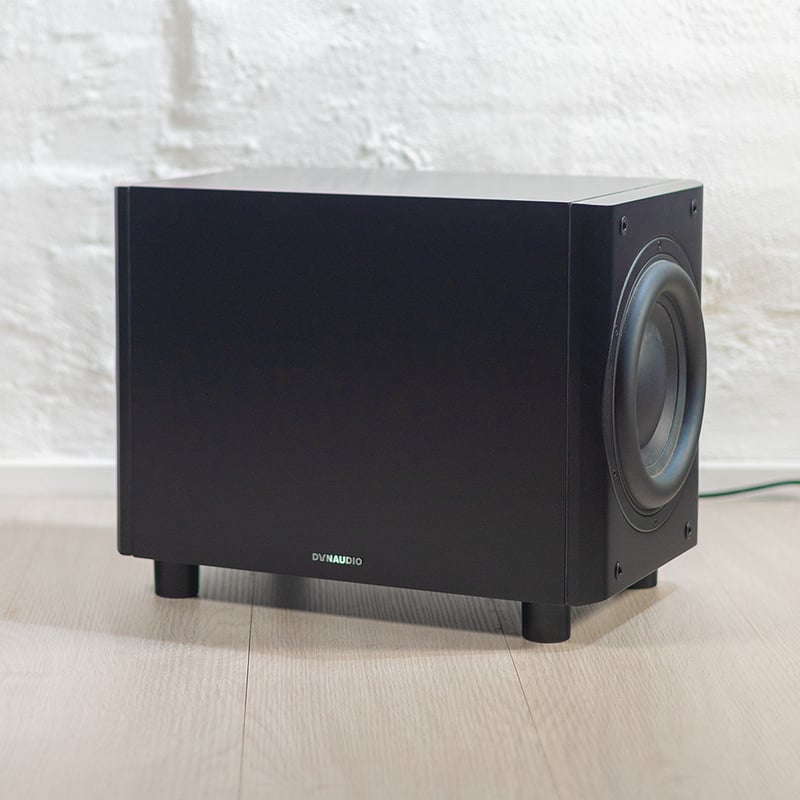Have you ever asked yourself just how hot a speaker's voice coil can get? Well, the short answer is hot. Really hot! As in boiling hot. In this episode of Ask The Expert, we're going to explain exactly how and why. Let's turn up the heat!
Remember that, by sending us your loudspeaker-related questions, you can contribute to future episod of Ask The Expert. Simply submit your questions via the form at the bottom of this page "Send us your questions." We appreciate it!
How hot can a voice coil get?
At Dynaudio, we often talk about how the voice coils in our loudspeakers are designed for good heat dissipation, which refers to how effective our speakers are at getting excess heat away from the voice coils. That perhaps begs the question "how big of an issue is that? How hot can the voice coil actually get?” In fact, our speakers have been designed so that the voice coil can get more than 100 degrees Celsius (212 Fahrenheit) without any sort of damage. And yes, this can indeed actually happen?
Infact, a voice coil can pretty easily reach temperatures of up to 200 degrees Celsius (392 Fahrenheit) if you overdrive a loudspeaker. What typically happens is the voice coil gets so hot that the laquer on the voice coil starts to actually boil and, when this happens, you will know that you've reached those high temperatures of around 200 degrees and effectively ruined the driver.
There is also a phenomenon called power compression, which is quite important in the design of a loudspeaker. When a voice coil heats up, the material gains becomes and more resistant, meaning that it simply becomes hotter and hotter as you put more more and more power into it – the energy simply gets turned into heat.
The more heat you have, the lower the sensitivity of the driver, which in turn prevents the loudspeaker from playing as as loud as it's designed to do. This will inevitably affect how the loudspeaker sounds, especially when you are trying to play it loud. One of the tricks that we have in terms of loudspeaker design here at Dynaudio, is that we try to balance the power compression between the driver units.
If, for example, you have a tweeter and a woofer, you usually want them to sound similar in terms of outpur. However, when you are playing loud, the woofer will typically receive more power than the tweeter and therefore will typically start to power compress earlier than the tweeter does. A woofer that's power compressing will not play as loud as the tweeter which, in this case, has not yet reached power compression.
This means, of course, that the sound will be uneven. Now you have more tweeter level than woofer level. The sound will now be harsh because of the imbalance in how the drivers are compressing. Simply put, overdriving your speakers typically causes them to behave and therefore sound differently than you would otherwise expect. At Dynaudio we try to ensure that your speakers remain natural sounding, even though you are reaching the limits of the speaker.
Why does a voice coil get hot in the first place?
We can explain this by imagining an electric kettle, which essentially contains a coil of wire at its base that you put power into. When you put electrical current, into a coiled wire, it heats up, which then heats up the water.
A loudspeaker works in quite a similar way – it's a coil of wire which, when presented with electrical current, creates a magnetic field that in turn makes the speaker diaphragm move backwards and forwards. But because speakers are actually quite inefficient, more than 90% of that energy is turned into heat and only the rest of it, less than 10%, is turned into sound.
That's clearly a quite significant portion of energy, and helps to explain why so much heat is generated in the voice coil when a loudspeaker is being driven, whilst also highlighting why it's so important to develop techniques which dissipate that excess heat. We'll cover that in a future episode.
Send us your questions
Don't forget to submit your questions to our experts via the form below – they might just get featured in a future episode of Ask The Expert!







